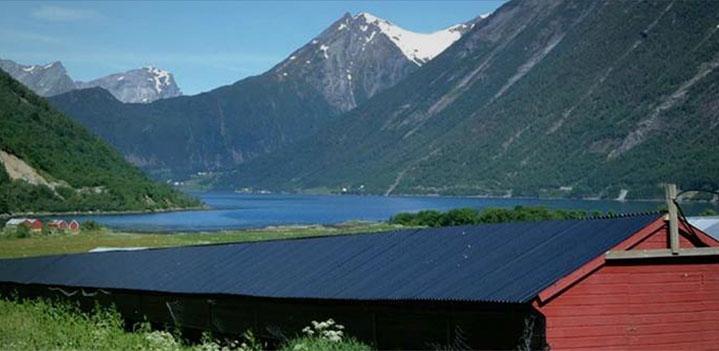RE: Russian Fur Farming
The latest article on the fur trade was, it must be said, a masterful effort in taking my comments completely out of context, stating opinion as fact, getting the most basic details wrong and, of course, referring repeatedly to my past and my private life because that has so, so much relevance to a piece on animal farming in Russia.
The thing is, “shocking pictures” will always play well with the audience and bashing the fur industry is so easy. The more worrying thing is when the actual facts of the matter are disregarded or shoved right down at the end of the article; facts like:
- The drug at the heart of the piece, dithylin, has an active agent called succinylcholine that certainly isn’t “banned by international standards”. It’s regularly used on humans as a muscle relaxant because it works within 30 seconds to a minute. That doesn’t sound slow and painful, does it?
- Yes, I have personally only visited one Russian fur farm – but government experts visit dozens of them every year to ensure everything is done legally
- The “piles of carcasses” are used as compost, ensuring a sustainable approach to farming. What else can be done with them? Should they be buried and then dug up again before composting?
- The vast majority of Russian fur farms are highly regulated
- For the umpteenth time, why on earth would any farmer skin animals alive? It’s not just unnecessarily cruel, but it actually increases the chance of damaging the fur!
What is interesting, though, is how little people seem to know about the reality of the business of animal farming.
The majority of readers, particularly city-dwellers, will only know animals as the critters seen in petting farms or on TV. They don’t associate them with the leather on their jackets and the pork chops on the supermarket shelf. But the truth is that any animal-based industry or farm anywhere in the world would be able to produce “shocking pictures” of diseased flesh (animals sometimes get ill too, just like us) and “piles of carcasses”.
Yet because mink and sable are ‘cute’, we suddenly get lost in Disney thinking. We get squeamish in a way we don’t around cows and sheep. And if anyone tries to defend the animal industry, activists and tabloid journalists immediately go on the sensationalist offensive.
The argument they then often trot out is that fur, unlike meat, shouldn’t be obtained as it isn’t necessary to human survival. I’m certainly not saying it is, but I’m sure that as a species we could survive happily without beef and leather. However, no-one is saying we should stop farming cows. Their lack of cuteness works against them there, I’m afraid.
It’s an ongoing struggle and I’m sure I won’t have convinced any regular Daily Mail readers out there. But to everyone else, all I ask is that you take a step back and think before getting lost in the sensationalism. The fur trade (and myself personally) may be an easy target, but that doesn’t mean we’re the villains of the piece.






